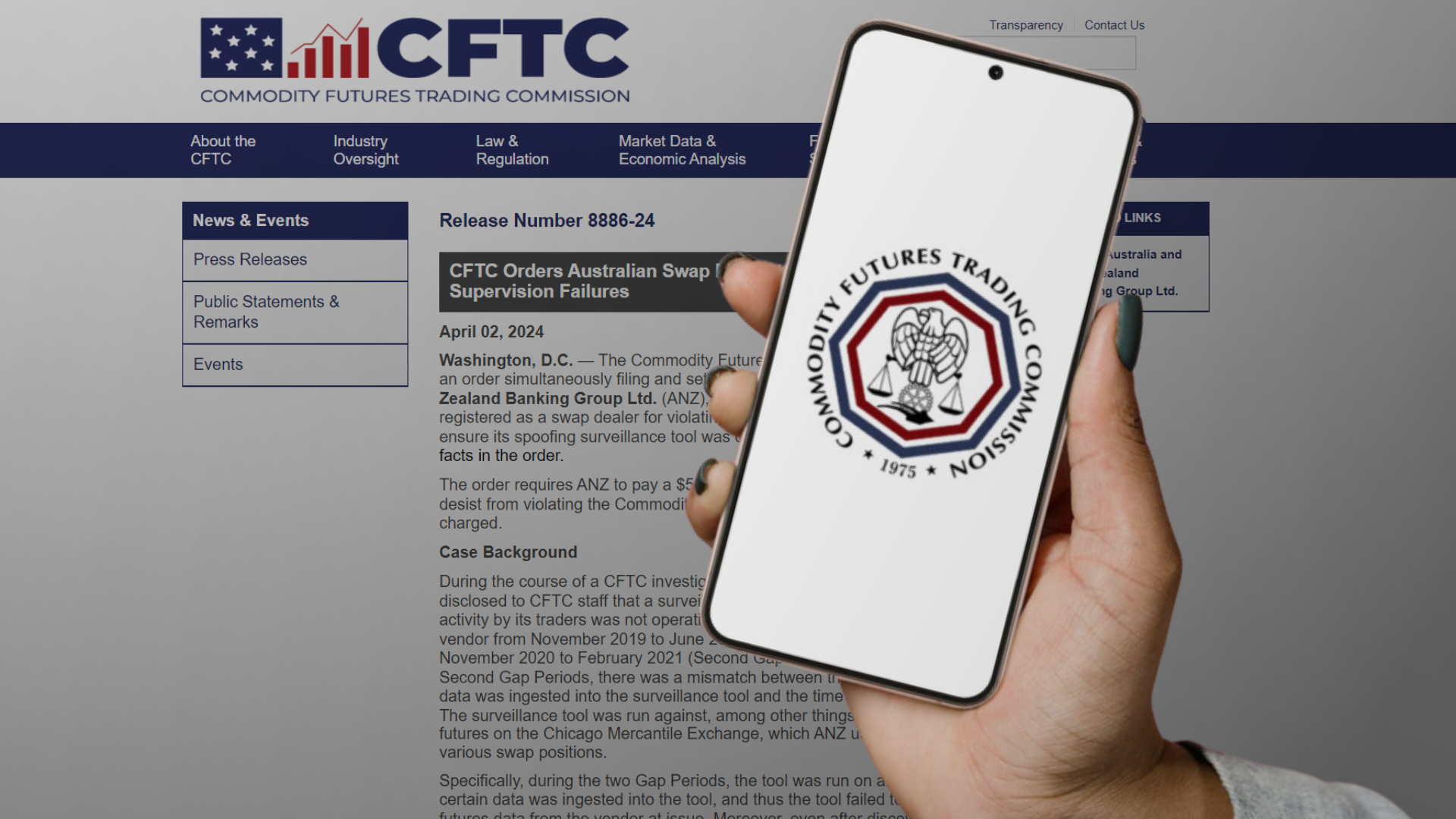In today’s rapidly evolving operational environment, financial services firms are grappling with the challenge of putting in place the right measures and benchmarks for transaction cost analysis (TCA) for asset classes beyond equities, many asking the same question: Is it possible to have a standard set of measures and benchmarks for TCA across all asset classes?
TCA measures – considered the standard approach for analysing the robustness of best execution for trade transactions under the Markets in Financial Instruments Directive II (MiFID II) – are fairly straightforward to calculate for most equities. However, it is much trickier to perform TCA for other asset classes, including fixed income (FI) and OTC derivatives. Key challenges that trading operations and compliance teams encounter include:
-
Sourcing high quality data
Firms can purchase the data they need to perform TCA on non-equity assets from a variety of sources, but often they discover that the data is sub-complete. The gaps in the data are particularly acute for assets where the trading is less frequent – the industry is only just beginning to develop the methodologies to create benchmark valuations for less frequently-traded assets.
-
Cleaning the data from different sources
Bringing together the data from different sources can be painful. Firms have to align time stamps, and then make sure they are not double-counting volumes, that they are excluding outliers, and performing other essential data cleansing tasks. Firms have to know what is in the data that they are working with, and that the final data set to be used for TCA and best execution reporting is squeaky clean.
-
Aligning different types of data
Today regulators expect more than just price information when they examine a trade for best execution. They want to understand the rationale behind the trade at a particular price and venue. Bringing together all of the information that traders use to communicate with clients, including chat, can be resource-intensive and time-consuming. This is particularly tricky for OTC transactions in less frequently traded assets – compliance teams can spend hours scrolling through chat room messages, and traders can resort to noting trading rationales by hand on the backs of documents.
-
Choosing and calculating the appropriate benchmark
Equity benchmarks tend to be based on the assumption that executions are taking place in a data rich environment with frequent trading. For example, the volume weighted average price (VWAP) benchmark requires frequent trades over the course of a single day to be calculated accurately. In asset classes where trading is much more sporadic, these kinds of benchmarks are very difficult to generate. Some fixed income securities don’t trade for days, or even weeks. As a result, it can seem as though there are no standard benchmarks for these securities. There are approaches to generating a price, such as evaluated pricing, that can be used under some circumstances. However, the knock-on effect of not having appropriate benchmarks for many less liquid securities is that comparisons across asset classes are tough to make.
So, a robust approach to TCA measures – including good data sets, data governance, and the right benchmark methodologies – creates a great foundation. However, getting these basics right is more challenging for many non-equity securities, and this is currently creating significant difficulties for firms, including:
-
Meeting MiFID II Article 27 requirements
The obligation to achieve best execution is enshrined within Article 27 – investment firms must take all sufficient steps to obtain the best possible results for clients when executing client orders. The difficulty in using TCA for some securities means it’s much harder for firms to evidence best execution compliance to regulators.
-
Reporting the data to regulators
MiFID II’s RTS 28 requires investment firms to report the top five execution venues in terms of trading volumes, for each class of financial instrument in which the firm trades. Also, as part of RTS 28, firms must report where they executed client orders in the preceding year, alongside information on the quality of execution obtained – often based on TCA. While the MiFID II reports themselves are simple, pulling together the data behind the scenes and creating the report templates can be complex undertaking, particularly when data quality, completeness, and the ability to use TCA varies across different security types. For many firms, mistakes in how they report MiFID II data to regulators is beginning to result in significant fines and reputational damage.
-
Driving business value out of the best execution data
In theory, firms should be able to transform the best execution data they report to the regulators – including information derived from TCA – into information analytics of real value to the business, senior management, and the board. In practice, this rarely happens, and certainly some of the challenge is around being able to use a single methodology, such as TCA, for different security types so that apples-to-apples comparisons can be made. However, the opportunity to use data to create operational efficiencies and enhance trading strategies is there. Some firms who are working to deliver more business value out of best execution data are already reaping strategic and financial benefits from the insights that this information can deliver.
So, today there are real challenges in trying to apply TCA methods across all asset classes in a straight-forward way. This is creating issues for firms’ regulatory compliance, trading, and operations teams. Certainly, having a standard set of measures and benchmarks for TCA across all asset classes will be a welcome development within the industry – many people are working on solving this difficulty.
For now, firms need to make sure they are getting the basics right in their current use of TCA, and that their approach to measuring best execution for non-equity securities is as robust as possible. By having a strong foundation for TCA and best execution today, firms will be able to adapt to new methodologies in the future with more agility.
To learn more about how SteelEye can help your firm enhance its approach to MiFID II best execution, TCA, regulatory reporting and operational analysis, read more here or book a demo.
DOWNLOAD ARTICLE AS PDF








